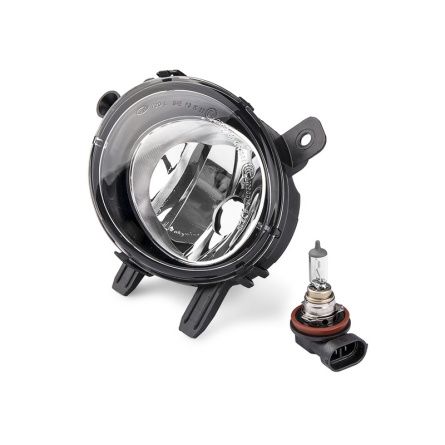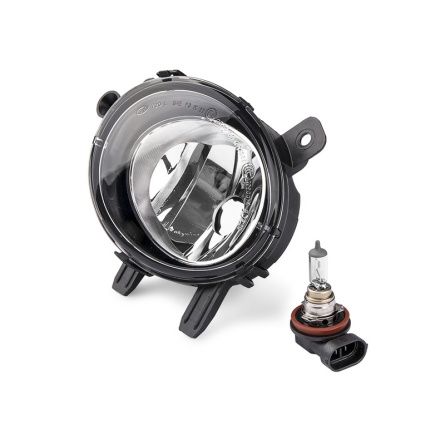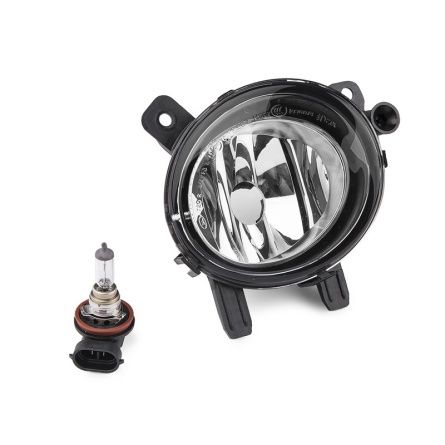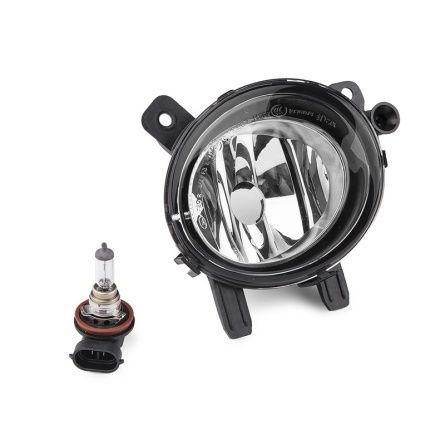Fog lights
Fog lights
Fog lights play a crucial role in enhancing driving safety, especially in conditions where visibility is severely reduced by fog, heavy rain, or snow. These specialized lights are designed to cut through dense mist and illuminate the road close to the vehicle, helping drivers maintain better awareness of their surroundings and avoid potential hazards. Using them correctly can make a significant difference — they should be switched on only when visibility drops below a safe distance, ensuring that you can see the road clearly without dazzling other drivers. In essence, fog lights are a vital ally in challenging weather, guiding you safely through the mist when ordinary headlights fall short.
Understanding Fog Lights: Purpose and Functionality
These specialized automotive lights are designed to improve visibility during adverse weather conditions, particularly when fog, heavy rain, or snow significantly reduce the driver’s ability to see the road ahead. Unlike standard headlights, which are positioned higher and project a long, forward-focused beam, fog lights are mounted lower on the vehicle and emit a wide, flat beam of light that stays close to the ground. This design minimizes glare and reflection from fog particles, preventing the light from bouncing back into the driver’s eyes.
The main purpose of these lights is to illuminate the area directly in front of the vehicle — typically the first few meters of road — allowing the driver to better judge lane markings, curbs, and obstacles in low-visibility situations. By cutting through the fog rather than dispersing it, they enhance both visibility and reaction time, significantly reducing the risk of accidents. In essence, they serve as a dedicated safety feature that complements regular headlights, ensuring a clearer, safer drive when the weather turns unpredictable.
When to Use Fog Lights for Maximum Safety
Knowing when to use fog lights is essential for both safety and courtesy on the road. These lights should be activated only in specific weather conditions where standard headlights no longer provide sufficient visibility. Their primary role is to help drivers see the road and be seen by others when visibility drops dramatically due to environmental factors such as fog, heavy rain, or snow.
In dense fog, light from regular headlights can reflect off tiny water droplets suspended in the air, creating a white glare that makes it even harder to see. Fog lights, mounted lower and angled toward the road, minimize this glare by projecting a wide, low beam that cuts underneath the fog layer. This helps reveal the road’s edges, lane markings, and potential obstacles, making it easier to maintain safe positioning and speed.
During heavy rain, they improve illumination close to the vehicle, where water on the road and splashing from other vehicles can obscure the driver’s view. Similarly, in snowy conditions, they reduce glare from reflective snowflakes and improve contrast on the road surface, making it easier to detect ice patches, curbs, and other vehicles.
However, they must be turned off once visibility improves, as overuse in clear weather can dazzle other drivers and is illegal in some regions. Used correctly, fog lights provide reliable guidance through mist, storms, and snowfall when ordinary headlights simply aren’t enough.
Choosing the Right Fog Lights for Your Vehicle
There are several types of fog lights available on the market, each designed to meet different driving conditions, vehicle styles, and driver preferences. Understanding these differences helps motorists choose the most effective lighting solution for their needs while ensuring safety and compliance with road regulations.
Halogen fog lights are the most traditional and widely used. They emit a warm yellowish light that cuts through fog effectively and are affordable to replace or maintain. LED fog lights, by contrast, are highly efficient, durable, and provide bright white illumination that enhances road contrast and clarity. HID fog lights produce an exceptionally bright beam ideal for severe fog, though they require expert installation. Projector fog lights use lenses to create a precise beam that minimizes glare and maximizes visibility.
Choosing the best option depends on local weather, driving habits, and the vehicle’s existing lighting system. Drivers in fog-prone areas may benefit most from LED or projector designs, while those in milder climates may find halogen lights sufficient.
Installation and Maintenance Tips for Fog Lights
Proper installation and care ensure these lights perform reliably for years. Always check the vehicle manual to confirm compatibility and mounting positions. Lights should be installed low on the front bumper and angled slightly downward to illuminate the road surface without reflecting light back into the driver’s line of sight.
Regular cleaning is vital — remove dirt, mud, and salt deposits that can dull the lens and reduce light output. Check for condensation inside the housing, which may indicate worn seals, and replace any damaged gaskets promptly. Periodically inspect wiring for corrosion or loose connections, and handle bulbs carefully to prevent premature failure.
By following these steps, drivers can ensure long-lasting performance and dependable illumination even in the harshest weather conditions, keeping every journey safe, visible, and controlled.



